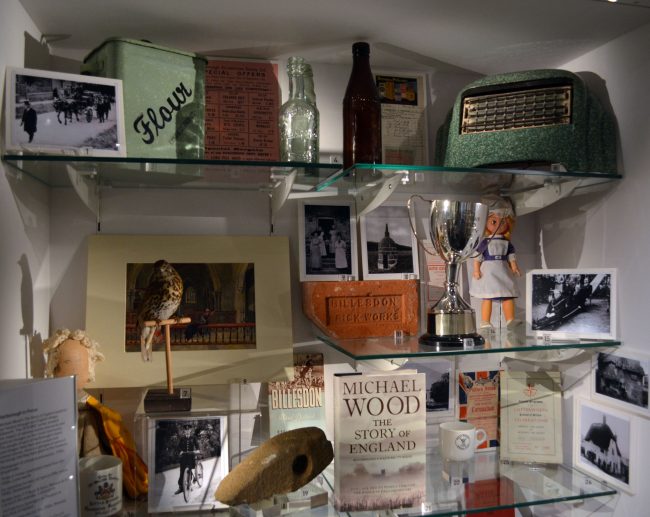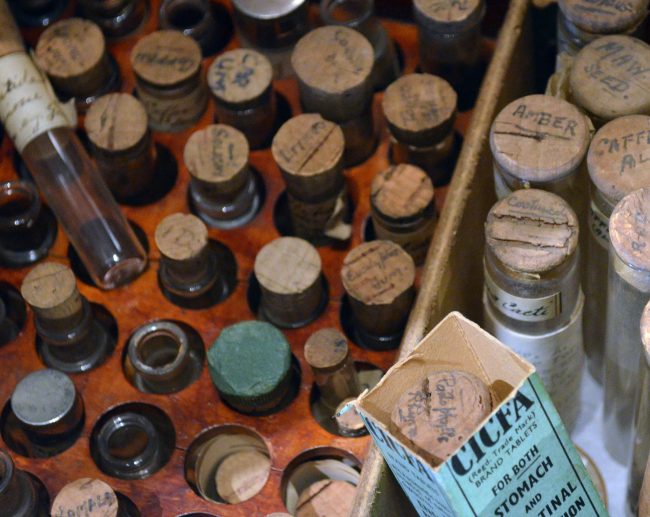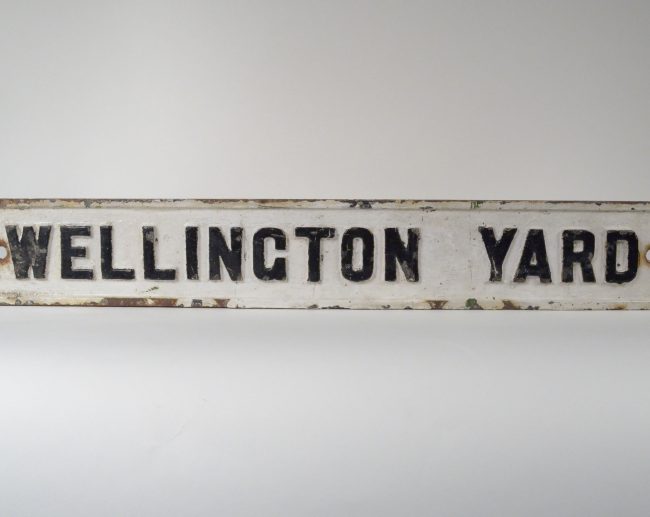Sickness and health
Sickness and health is part of the following collections: The Harborough Collection.
Highlights
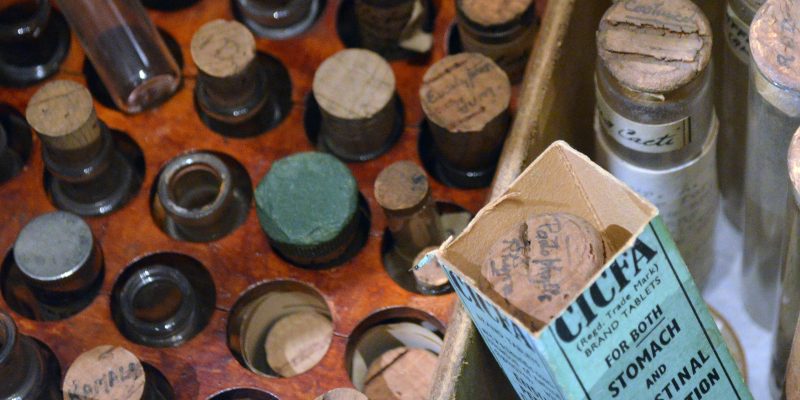
Medicine box
This medicine box shows many of the remedies people bought before the National Health Service, from places such as pharmacies.
William Bragg moved to Market Harborough in 1851, and had a pharmacy on Adam and Eve Street. He built Catherwood House on The Square in 1876. This building replaced a Georgian vicarage. His nephew, also William Bragg, was born in Cumberland in 1862 but when he was seven years old, his mother died and he went to live with his uncle in Market Harborough.
Sir W Bragg went to the Old Grammar School in Market Harborough, continuing onto King William’s Collage of the Isle of Man and later Trinity College, Cambridge on a scholarship. After being a professor of maths and physics at the University of Adelaide in Australia, Sir Bragg returned to Market Harborough in the early 20th century.
By 1913, Sir Bragg was working with his son, William Lawrence Bragg to find a way to examine the structure of crystals. The use of X-rays allowed them to see the structure of a diamond and in 1915 they received the Nobel Prize for X-ray crystallography. In 2015, their discovery and life in Harborough was marked with the Green Plaque on Catherwood House.
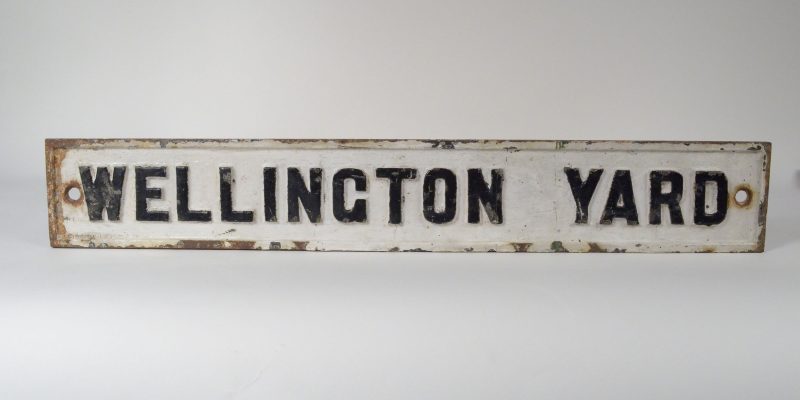
Wellington Yard sign
During the 1930s, Wellington Yard along with other yards, rows & dwellings in Market Harborough were subject to slum clearances in order to make way for newer, modern housing and better street lighting.
The local council’s house building programmes meant that in total sixty-seven dwellings in the town were cleared and a further thirty-two closed between the years of 1933 and 1938. Much of the housing, particularly in Wellington Yard just off the High Street, were no longer fit for purpose as many of the buildings were crumbling and had poor sanitation coupled with much over-crowding. The new houses and estates built after the clearings were just some of the four million built nationally between the First and Second World Wars.
One notable resident of Wellington Yard includes Corporal George Henry Waters, born in 1897 in Norwich to Charlie Henry Waters and his wife. George enlisted in the 1st Battalion Leicestershire Regiment in 1914 at the age of seventeen. Before joining the 1st Battalion, George had previously worked in Bristol as an errand boy for a grocer, whilst living with his sister and his brother-in-law who worked as a tanner glazer.
When living in Market Harborough George sought to make a living working as a shoemaker for Mr. Wright’s who occupied a premise on Coventry Road, George worked for Mr. Wright up until the outbreak of World War One. On the enlisting forms dated the 28th of August 1914, George’s recorded occupation was listed as a shoemaker and his given address listed 7 Wellington Yard, Market Harborough.
Having been awarded the Star Medal for active service between 1914 to 1915, George would continue his career in the military. Sadly, on the 15th of September 1916, nineteen-year-old George was killed during the Battle of the Somme. The Somme was one of the bloodiest battles of World War One, and it lasted for five gruelling months. In commemoration of those who fought and for those who remain missing, the Thiepval Memorial in France was commissioned. It is the biggest commonwealth memorial and is dedicated to the British and South Africans who fell. George Waters’ name is among seventy-two thousand officers and men and one of over two thousand men who served from the Leicestershire & Rutland regiments, all of whom perished. All of George’s personal effects including his medals were later passed onto his sister Mary, who is listed on George’s infantry records as also living at Wellington Yard.
Further displays
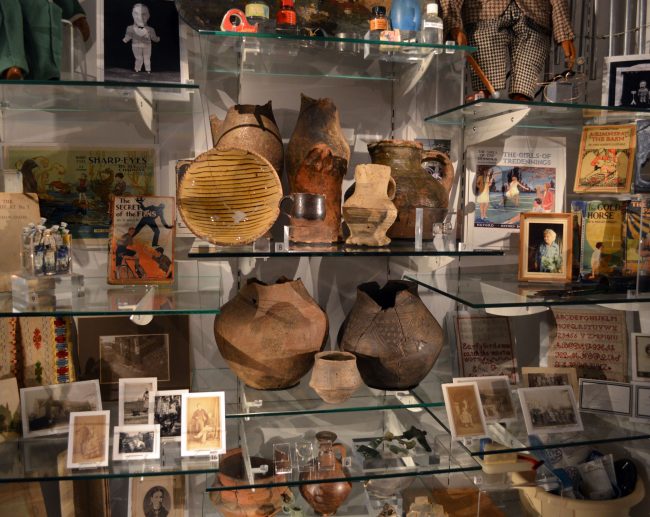
Born and bred
Read more about 'Born and bred'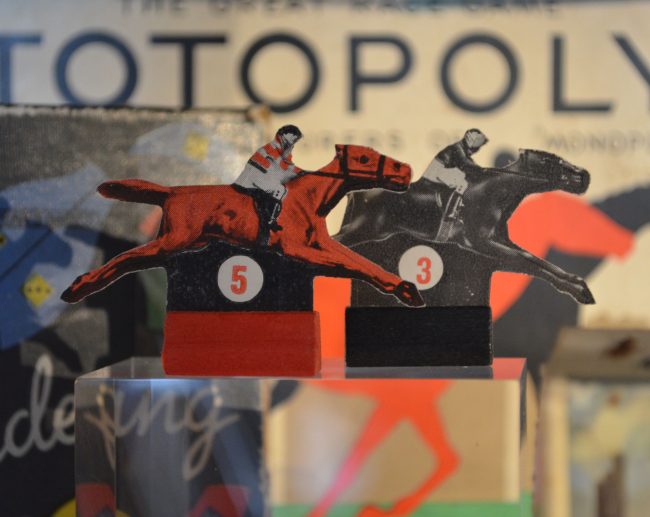
Growing up
Read more about 'Growing up'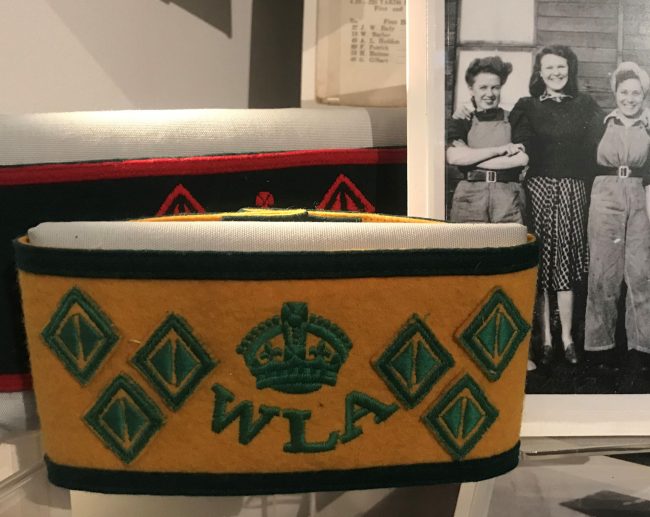
Living off the land
Read more about 'Living off the land'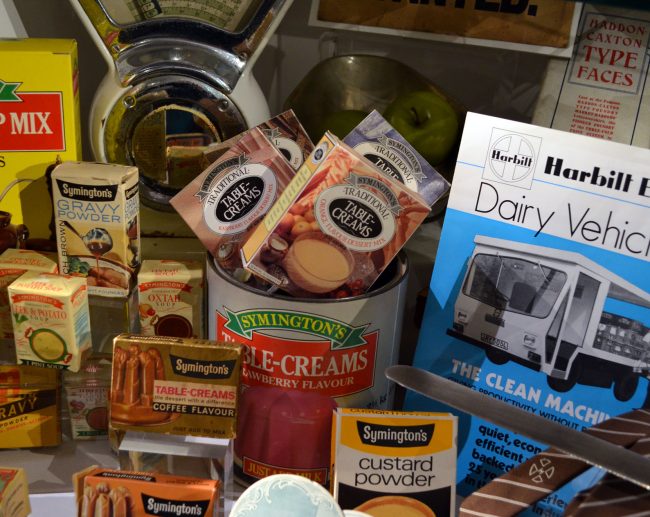
Made in Harborough
Read more about 'Made in Harborough'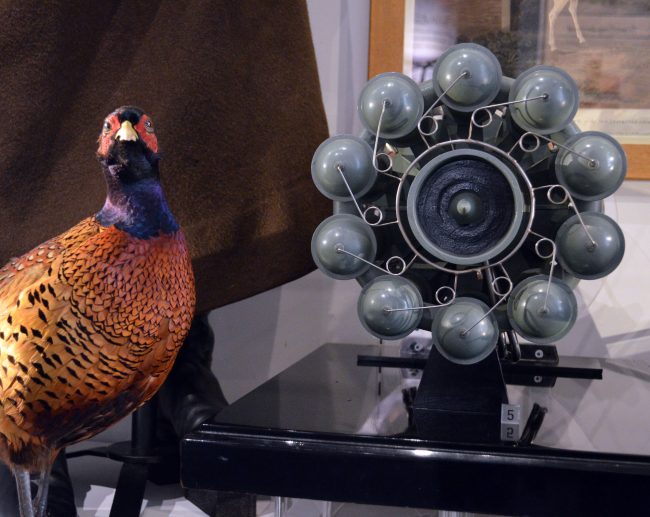
Market Harborough and the District
Read more about 'Market Harborough and the District'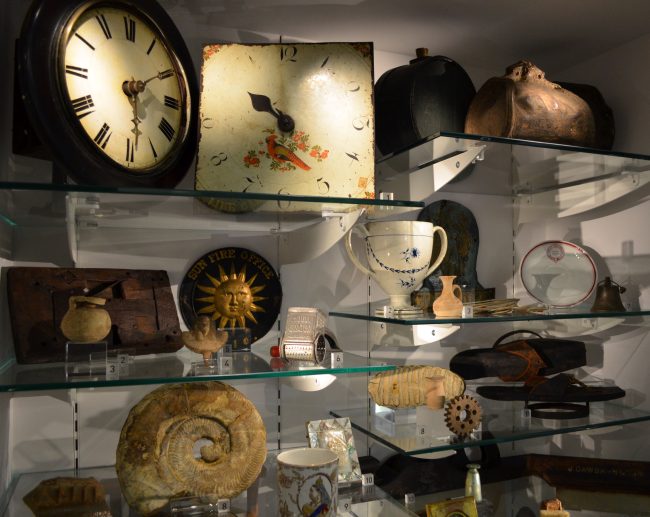
Market Harborough Historical Society
Read more about 'Market Harborough Historical Society'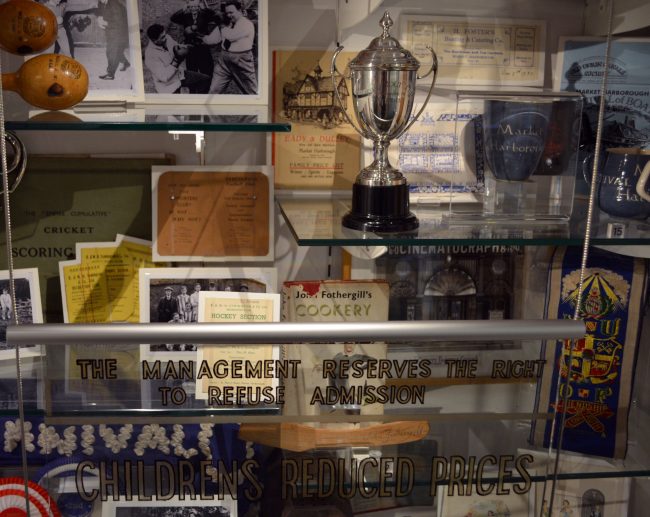
Places to go, people to see
Read more about 'Places to go, people to see'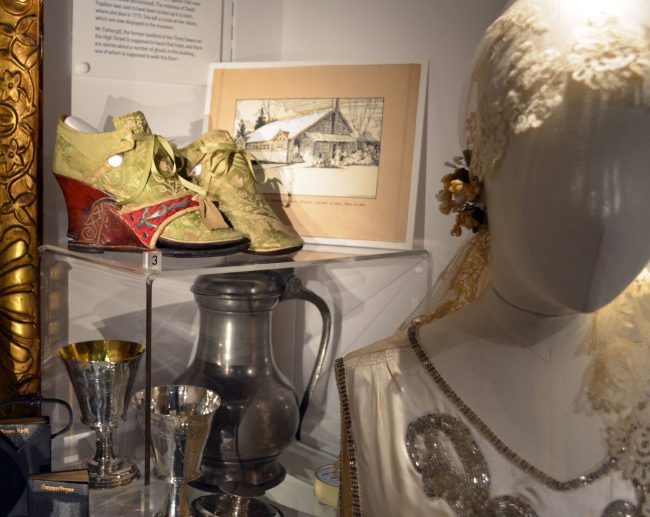
Religion and belief
Read more about 'Religion and belief'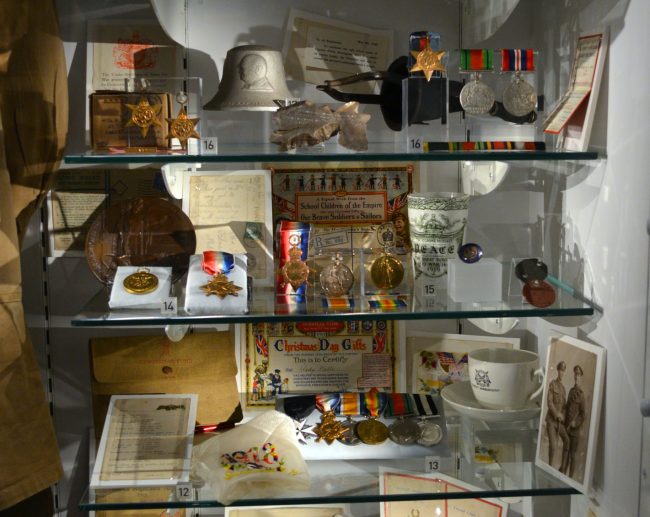
Sounds of Battle
Read more about 'Sounds of Battle'